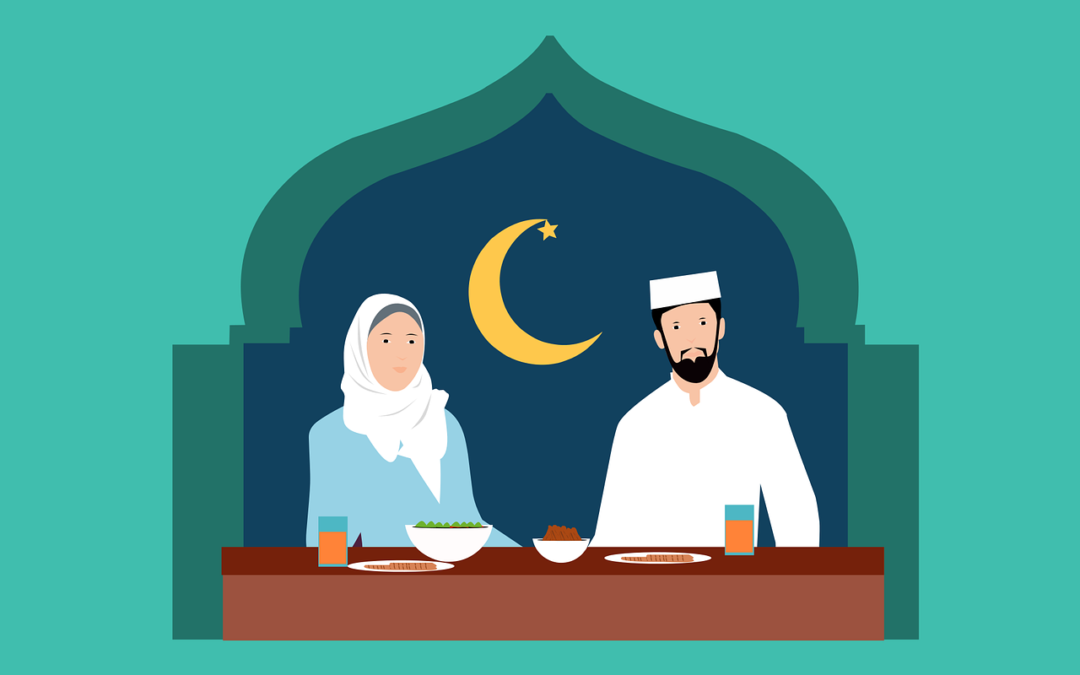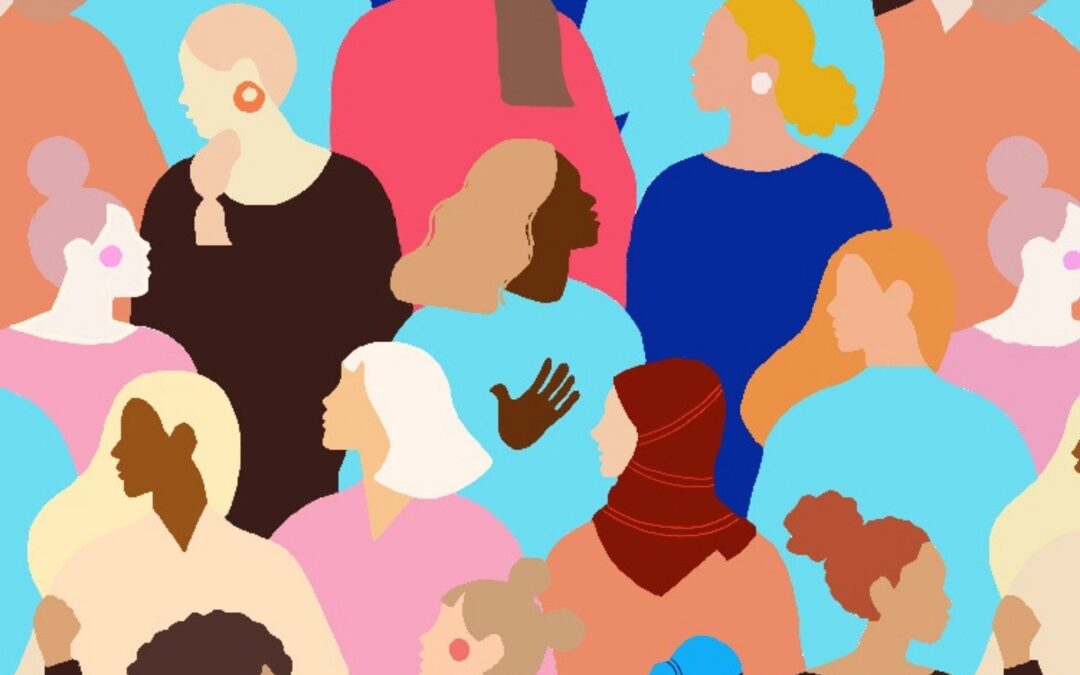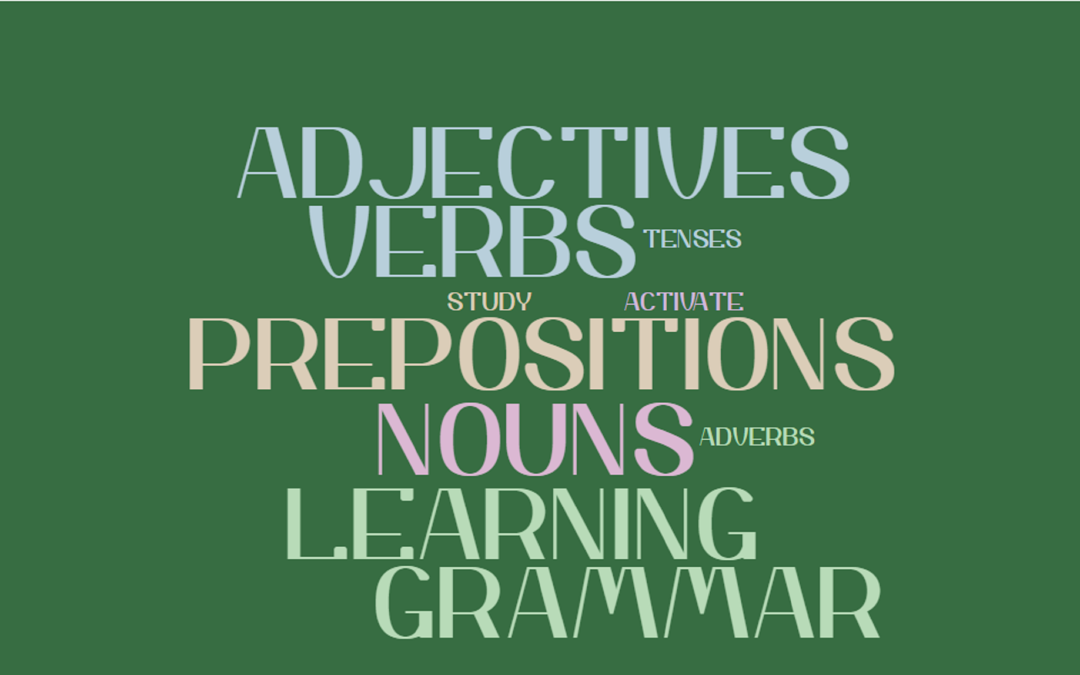
by nynasma | May 1, 2022 | BLOG
Cognates are useful while learning a new language, especially French. They are words in different languages that have the same origin or root. Therefore they are spelt similarly or precisely the same.
But keep an eye out for phoney cognates! When you’re first learning French and trying to communicate with native speakers, it’s easy to get tripped up by words that don’t mean what you think they mean. To avoid using these words in the inappropriate context, look over the list below.
Attendre
The meaning appears that “to attend”. But, it actually means “to expect”.
How to say it: Participer
Chair
The meaning of this French word seems to be a chair. But, it actually means “flesh”
How to say Chair: Chaise
Demander
The word looks like it means “to demand”. However, it actually means “to request”.
Here’s how you can say “to demand” in French: Exigir.
Grave
The word looks like it means “grave”. However, it actually means “serious”.
How to say it: Tombe
Habit
The meaning appears that “habit”. But, it actually means “dress”.
How to say it: Habitude
Location
The meaning of this French word seems to be location. But, it actually means “Rental”
How to say Location: Emplacement
Pain
The word looks like it means “Pain”. However, it actually means “Bread”.
Here’s how you can say “pain” in French: La douleur
Prétendre
The word looks like it means “to pretend”. However, it actually means “to claim”.
How to say it: Faire semblant
Sale
The word looks like it means “Sale”. However, it actually means “Dirty”.
Here’s how you can say “Sale” in French: Vendre
Store
The meaning of this French word seems to be a store. But, it actually means “Awning”
How to say Store: Magasin
Want to learn Cognates in Levantine Arabic? Join Nasma Of NY’s Levantine Arabic Masterclass. Find out more about it here

by nynasma | Apr 24, 2022 | BLOG
Ramadan, the Islamic calendar’s ninth month, is a fasting month. It is a period when Muslims all around the world practice compassion, self-restraint, collective devotion, and community service.
During Ramadan, food plays an important role. With each day of fasting beginning with a pre-sunrise meal called suhoor and ending with an after-sunset supper called iftar or futoor.
South Asia: Haleem
Haleem is created by soaking grains like wheat and barley overnight. Then, are boiling and combining them with a meat gravy to form a paste. Haleem is a Pakistani, Indian, and Bangladeshi dish that may include dried fruits and nuts depending on the location.
Lebanon: Fattoush Salad
Fattoush is a Levantine salad composed with toasted or fried khubz pieces, mixed greens, and vegetables like radishes and tomatoes. Hence, Fattoush is a favorite in all of the Levant’s communities. It’s a garden salad with a sour dressing and toasted pita bread for texture.
Find the recipe here
Bangladesh: Daler Bora
Daler Bora are small lentil fritters that Bengalis often enjoy with rice and dal sometimes as a part of a pure vegetarian meal. As delicious as these spicy morsels are with rice and dal, they also work well as a small and modest appetiser. Served with ketchup, it’s perfect.
Turkey: Ramadan Pidesi
It’s only fitting that it’s named after the holy month. Pidesi is a type of flatbread cooked with yeast or wheat flour and moulded by hand. Pidesi can be packed with meat or veggies and is always topped with sesame seeds.
Qatayif- Egypt:
In Egypt, Qatayif is connected with breaking the fast. Because you may stuff them with cheese, nuts, raisins, or sweetmeat. Therefore, these Middle Eastern dumplings are both nourishing and luxurious.
Morocco: Harira
Many Muslims enjoy soup at night during Ramadan because it is light on the body while still being satisfying. Moroccans usually eat Harira. It is a rich brown soup composed with lentils, chickpeas, rice, and meat stock. Depending on where you are in Morocco, the soup might include a variety of components, ranging from tomatoes to various meats.
Find the recipe here
Indonesia: Kolak
Kolak is a dessert made with coconut sugar, coconut milk, and pandanus leaves endemic to the area. To make it more filling, add bananas, sweet potatoes, jackfruit, platain, cassava, or even pumpkin. It is a popular way for Indonesians to break their fast. Because they believe it provides them with an immediate surge of energy after a long day of fasting.
Singapore: Kue Lapis
Kue Lapis is a multi-colored tiered steamed cake. It is popular in Southeast Asia. Rice flour, coconut milk, and a variety of culinary colours are used to make it. It is gradually steamed, and layers are added as the dish cooks. The moist end result resembles jelly in appearance.
Jordan: Mansaf
Mansaf, Jordan’s national dish, is a celebration of the Arab fondness for lamb. Marinated beef is cooked in a sauce made from fermented dry yoghurt and served with aromatic rice.
Sri Lanka: Nonbu Kanji
Nonbu Kanji is a mainstay at any Sri Lankan dinner table, being both light and satisfying. It takes several hours to prepare a rice dush with a porridge-like consistency since it is gently cooked with fresh meat and veggies.
Want to learn to cook authentic Levantine cuisine? Join Nasma Of NY’s cooking classes.

by nynasma | Apr 17, 2022 | BLOG
There is no limit to what a woman can achieve. The following women are role models. They’re showing an entire generation of women that nothing is impossible when it comes to dreaming, achieving, and striving for the unattainable.
These women are all the inspiration you need: fearless, fierce, and fabulous.
Her Excellency Sheikha Lubna bint Khalid bin Sultan Al Qasimi
Her Excellency Sheikha Lubna is the UAE’s first female minister. She has served in a variety of government positions, including Minister of State for Tolerance, Minister of State for International Cooperation, and Minister of Economic and Planning. Forbes magazine recently named her as the world’s 36th most powerful woman.
Joumana Haddad
Joumana Haddad, a Lebanese powerhouse, is an award-winning poet, bestselling novelist, and actor. She was named one of Arabian Business’s 100 Most Influential Women in the Arab World. Apart from that, she has also launched the quarterly Arabic language newspaper Jasad magazine. Moreover, she has presided over the Arabian Booker Prize (Arab Literary Prize) from 2007 to 2011.
Alia Al Mansoori
Alia Al Mansoori has risen to heights most people only dream of at the age of 18. She is the brains behind Emirati Astronaut. It is a network that allows prospective astronauts and veterans of space flight to communicate. Alia is the youngest person ever to hold the position of Scientific Research Fellow at New York University Abu Dhabi
Fatima Al Jaber
Fatima Al Jaber is the COO of Al Jaber Group, a construction firm based in the United Arab Emirates. Moreover, she is the first Emirati woman to join the Abu Dhabi Chamber of Commerce. She was also named to Forbes magazine’s list of the Top 100 Most Powerful Women in the World.
Huda Kattan
Huda Kattan, a household name and beauty guru, is a pioneer in the realm of beauty. She began beauty blogging in 2010. And in 2013, she founded the world-famous Huda Beauty brand. Huda’s meteoric journey to the top is the stuff of legends, from studying finance at university to becoming a makeup entrepreneur with her own empire.
Nasma Of NY’s boasts of an all-woman team. Interested in learning Levantine Arab language? Check out our classes here.

by nynasma | Apr 10, 2022 | BLOG
Laughter is a universal yet culturally tinged experience. It has the ability to bring people together. It creates physical, emotional, and social transformations. Have you ever wondered how other cultures communicated humor? Let’s look at how laughter and humor are expressed in five different languages.
Laughter in Persian
In Persian, laughter is expressed as either هاهاهاها (ha ha ha ha), خخخخخ (khkhkhkhkh), or ههههه (hahahahaha).
Mulla Nasruddin Khodja is a significant character in Persian popular culture. He was a philosopher and a wise man. He conveyed his wisdom through clever jokes and funny anecdotes. Khodja was born in the Seljuk Sultanate of Rum in the 13th century.
French
In French, the initials ‘mdr’ for mort de rire (dying of laughter) is used to express laughter. It is the English equivalent of LOL, and are frequently used to signify laughter.
Gaston was a gag-a-day comic strip created by André Franquin. It was originally published in 1957 in the comic strip Spirou. Gaston Lagaffe (Gaston “the blunder”) is a slacker and accident-prone office junior. Gaston works in Spirou’s office in Brussels and is the focus of the series. It is well-liked not only for its brilliantly placed comedy, but also for its upbeat attitude about everyday life.
Spanish
In Spanish, the word for laughter is jajajaja (hahahaha).
Cervantes’ Don Quixote, a mock epic in Spanish. It satirizes early modern obsessions with noble knights, foolish journeys, and chivalric attitudes. Therefore, it perfectly captures the Spanish sense of humor. It is regarded one of the founding works of western literature, having been published in two parts in 1605 and 1615.
Armenian
Laughter is written in Armenian as a հա հա հա (ha ha ha).
Armenians have utilized humor as a method of resistance and empowerment in recent years. One example is the well-known Radio Yerevan jokes. These jokes, which were popular in the twentieth century, used a question-and-answer structure, similar to that of popular Armenian radio shows.
Laughter in Arabic
In Arabic, laughter is transcribed as هع هع هع (ha’ ha’ ha’), ههههه (hhhhh or hahahaha), or even هاهاها (hā hā hā).
Arabic-speaking countries have a popular figure who seamlessly combines humor and wisdom. This character, sometimes known as Juha, Djoha, or Goha, first appeared in Al-9th-century Jahiz’s book “Saying on Mules” (القول في البغال). However, Juha’s personality became entwined with that of Mulla Nasruddin Khodja over the ages. Juha appears in thousands of stories. He is always clever, intelligent at times, and gently ludicrous at others – a butt of his own jokes.
With Nasma Of NY, explore comedy and joy in multiple languages! Sign up for sessions here, or take a group conversation session to share the laughter (it’s contagious!).

by nynasma | Apr 3, 2022 | BLOG
In Arab culture, being courteous and respectful is vital for establishing and maintaining connections. Therefore, saying “thank you” and “please” in response to someone’s acts or words is a significant method to express gratitude.
Appreciation is expressed in a variety of ways, similar to how it is expressed in English. For any situation, learn how to say thank you and please in Arabic.
Shukran ( شكراً )
Shukran, meaning “Thank You” is the most popular way of saying thank you in Arab culture across all dialects. It is the most widely used word, and it can be used in both official and casual contexts. It is derived from the root verb shakara (شكر), which means “to thank.”
Tislam/Tislami (تسلم/تسلمي)
This term stems from the root verb salama (سلم), which means “to come out safe/healthy.” It is predominantly heard in the Levant and areas of the Gulf. When a friend or family member gives you something or does something good for you, you can use it.
Mamnoun(t)ak/ek (ممنونك/ممنونتك)
Mamnountak/ek (female speaker) or mamnounak/ek (male speaker) is a word that means “thank you” or “I’m grateful to you” in the Levantine region. Mamnoun (ممنون), an Arabic loanword that is gender-neutral in Persian, is also often used to mean “thank you” among Persian speakers.
Min Fadhlika (مِنْ فَضْلِكَ)
This is one of the most common phrases you’ll hear in Arabic. The precise translation of this phrase is “of/from your favour.” However, it is most commonly used as “please” or “pardon me.”
Rajaa’an (رَجَاءً)
Another approach to ask for anything is to say Rajaa’an (رَجَاءً), which literally means “I beg…”; however, this is only used in extreme instances where immediate assistance is required.
Learn more about the subtleties of the Arabic language and culture with Nasma Of NY’s Levantine Arabic Classes! Sign up for sessions here.

by nynasma | Mar 27, 2022 | BLOG
Books are one of the oldest—and most effective—methods of learning a foreign language. Whether you’re just starting Arabic or are a seasoned pro, brushing up on your language skills will never go to waste.
Learning Arabic verb conjugations with the right book is a significant factor. The book should be accommodating the needs of all the types of learners – beginners to experts. The author should have immense understanding of the language and should have a flair for teaching. Moreover, instead of diving into the technicalities of the language, the book should have content that could be used in day-to-day conversations.
What could be better than learning Levantine Arabic from a native speaker itself? That’s right, Nasma of NY is back with our 4th Levantine Arabic book! This book will be focusing on teaching Levantine Arabic verb conjugations.
Here are reasons why you should buy Nasma of NY’s latest Levantine Arabic book:
The book is written by a native speaker:
Carol Haidar, the author and founder of Nasma Of NY, is a native Levantine Arabic speaker herself. In fact, she has been teaching Levantine Arabic to kids and adults since 2010. As someone who knows the intricacies of the language, no one could be a better author and teacher for Levantine Arabic than her.
Phonetics of verbs in Arabic and English:
Understanding that the phonetics of Arabic is a bit tricky. The book is designed in such a way that anyone can easily read and understand verb conjugation concepts. For the learner’s ease, both English and Arabic phonetic letters are used.
100 useful verbs which can be used in day-to-day conversation:
When learning a new language, it is important that one learns it in such a way that they can use it daily. Keeping this factor in mind, the book is filled with a hundred verbs that are quite common for day-to-day use.
Verbs are conjugated in all tenses:
Tenses like present, present continuous, command, past, future, and agent noun are used while conjugating verbs.
Go and grab Nasma of NY’s 4th Levantine Arabic Book from our website now! Till then, you can also check out some of our previous books for Adults and Children.






